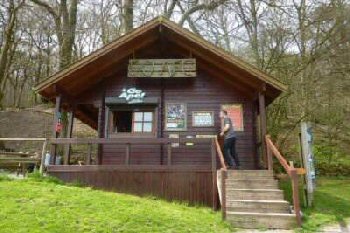POOLE'S CAVERN
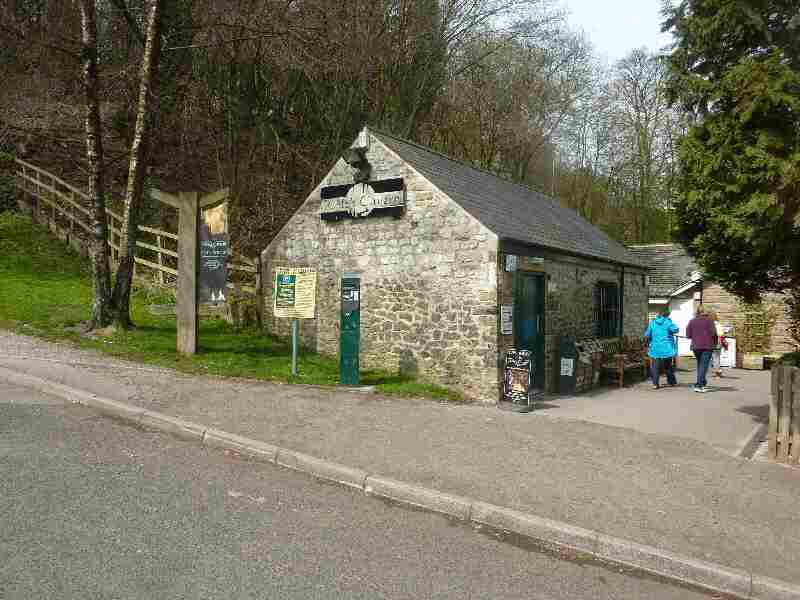
PLAN YOUR VISIT TO POOLE’S CAVERN
INFORMATION
Location: On the southern side of Buxton, only a short walk from Pavilion Gardens and Buxton town centre. Poole’s Cavern is on Green Lane, Buxton SK17 9DH. There is a car park on site.
Visit: Explore Buxton and the Country Park around the Cavern, where there is a high wire adventure course for groups at Go Ape. The attraction is in the woodlands directly above the Cavern.
Refreshments: There is a café at Poole’s Cavern, and a wide variety of establishments serving food and drink can be found in Buxton.
Buxton: Buxton is a town with fine parks and grand old buildings, now a leading tourist destination. The town offers a good selection of hotels and guesthouses, as well as a wide range of cafés and restaurants. Many shops are pleasingly individualistic in character. It was in the 1780s that Buxton gained prominence as a spa. The fifth Duke of Devonshire, using the profits he had made from his copper mines at Ecton in the Manifold Valley, embarked on a costly campaign to attract and accommodate more visitors in what was then only a tiny Peakland village. The town has a programme of festivals and annual events, featuring theatre, music, literature, art, food and drink, heritage, comedy, traditional craft, art trails and memorial events.
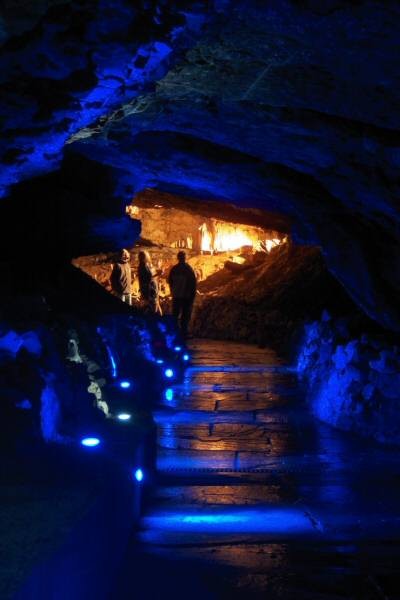

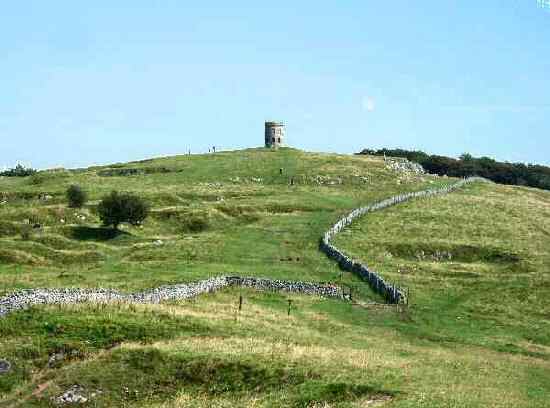
POOLE’S CAVERN
There is evidence of prehistoric settlers at Poole’s Cavern and in the caves around Buxton, but it is the Romans who had the most significant impact on the area. Precisely when they settled in Buxton is uncertain, but it was around AD78 when forts were established nearby at Navio and Melandra.
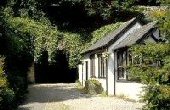
The Cavern is situated on the southwestern outskirts of the town and is a large natural cave that the Romans and prehistoric humans once used. Above is Grin Low Country Park, where rare species of wild plants, including field orchids, can be found, which resulted in it being awarded a Site of Special Scientific Interest Status. At the top of the hill, Solomon’s Temple was built in 1896 by Solomon Mycock to employ some of the unemployed in Buxton. The Victorian folly stands on the site of a Bronze Age burial mound.
Visitors to the historic spa town of Buxton have explored the magnificent underground chambers at the Cavern for centuries. ‘The First Wonder of the Peak’ and witnessed firsthand the incredible stalactites, stalagmites and crystal flowstone that has earned the show cave the title of ‘most spectacular Cavern in Derbyshire’.
The Cavern itself, one of the few natural show caves in the region, once echoed to the sound of underground water that scoured the rock for millions of years. The River Wye still flows through the cave for part of the year. Dripping rainwater, dissolving limestone over thousands of years, has produced calcite crystals that have created spectacular formations, including the longest stalactite in the Peaks—the 6.5ft ‘Flitch of Bacon’—and the unique ‘poached egg’ stalagmites.

Mary Queen of Scots visited the Cavern in 1582 and even named one of the formations. Many eminent visitors have described their visits to Poole’s Cavern (or Poole’s Hole, as it was formerly known), including Daniel Defoe, John Wesley, and more recently, Sir John Betjeman. Ben Rose, in his ‘Guide to Buxton’ in 1890, wrote: ‘…for variety and beauty of decoration, there is no Cavern in the kingdom to compare with this subterranean temple.’
Over 3,000 years ago, Stone Age cave dwellers sheltered in the cave. Romans worshipped and traded here, and legend tells of a medieval outlaw, Poole, who sought refuge in the cave with his treasure.
Archaeologists have discovered thousands of remains, many of which are on display in the visitor centre. In recent years, ground-penetrating radar has found a previously inaccessible cave system beyond the existing show cave. Although nobody has yet been able to get through, cameras were dropped down a drilled borehole in 1998 to capture the first ever images of these unexplored chambers.
The Victorian visitors explored the Cavern with candles and later with gas lighting. But modern visitors enter in comfort along well-maintained paths through spacious, illuminated chambers as expert guides explain the Cavern’s geology, history, myths, and legends.

